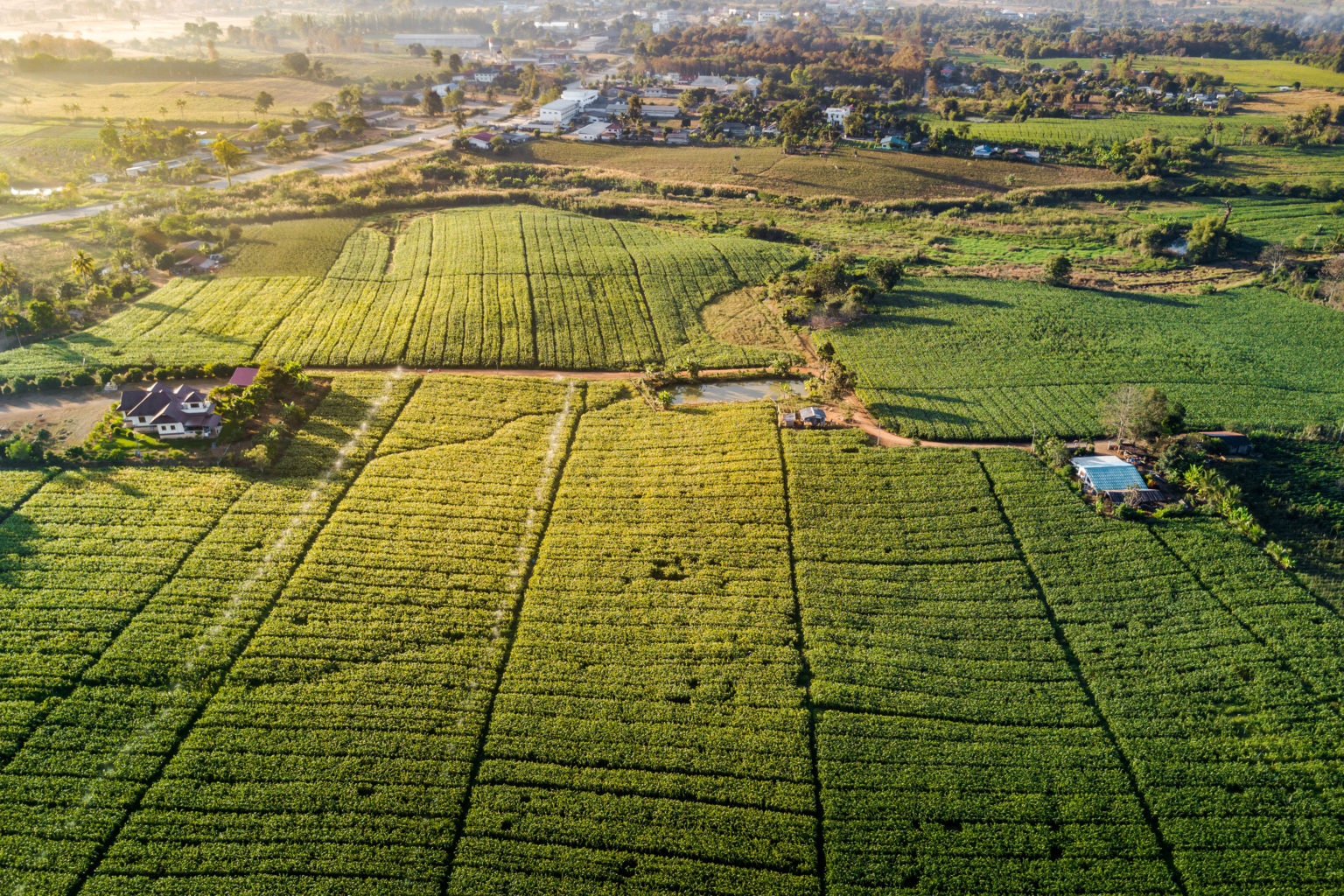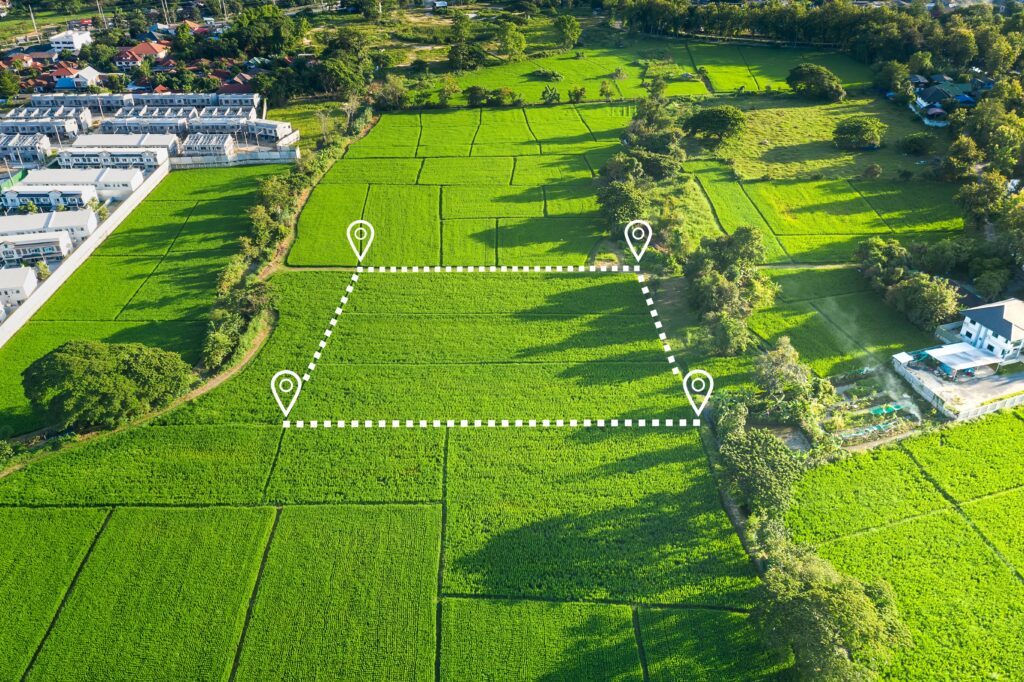Since 12 February 12 2024, the Environment Act 2021 has mandated that most new developments deliver at least a 10% net gain in biodiversity, measured via the statutory biodiversity metric tool. For developers that are unable to deliver this through enhancements on-site, they may purchase biodiversity units (offsets) from habitat banks registered on the national biodiversity gain sites register.
While demand for off-site biodiversity net gain (BNG) units appears to be quite high, with one source suggesting it reached £210 million in live inquiries by early 2025, actual habitat delivery lags. Nonetheless, habitat banks are springing up across England.
Who can generate BNG units?
Landowners or land managers, including habitat bank operators, farmers, and local authorities, can generate BNG units, provided they follow legal requirements:
- Calculating units via a qualified ecologist.
- Registering the area as a biodiversity gain site.
- Having a legal agreement (e.g., Section 106 obligation or conservation covenant), and
- Agreeing on a 30-year habitat management and monitoring plan (HMMP).
The legal agreement must endure for at least 30 years, as set out in the regulations, but in practice it is complex. In addition to enforcement action against the landowner if the legal agreements are breached, greenwashing concerns for developer buyers could also be raised.
The Importance of understanding your land
Carrying out due diligence of your title to the habitat gain site at the earliest opportunity may reduce delays and cut costs further down the line.
Charges held over the land
If you have a legal charge registered over the gain site, it’s important to start discussions with your lender early. The BNG market is still in its infancy, with a lot of unknowns, and lenders will often place this in a high-risk category. Although each farm will be different, the best outcome would be for your lender to agree to discharge part of its charge over that area. That way, they will not need to be a party to the s.106 Agreement or conservation covenant, which can lead to further legal expense and delays. If this isn’t possible, early involvement with your relationship manager will be essential.
Third party rights of access.
Service media – If you have services crossing your land that benefit third parties, whether that be private individuals or through utility undertakers, they are likely to have rights to access the land for inspection and maintenance of the media. As a result, some may restrict the use of a strip of land surrounding the conduit against planting trees and deep-rooted vegetation, which may impact the design of the habitat and ultimately inform your HMMP. Having this knowledge at the outset may save time, and cost, for any redesign of the ecologist. In addition, leaving buffer strips around any media may be sensible to ensure you don’t breach any s.106 Agreement or conservation covenant.
Public right of way (PROW) – If you have a public footpath or bridleway cross or abutting the habitat gain site, then simply checking the well-trodden footpath on the ground will not be sufficient to rely upon the route of the public access – more often than people realise, footpaths are moved or diverted through passage of time. If the diversion of the route has taken hold for over 20 years there could be a risk that the general public have acquired formal rights to access, without appropriate safeguards in place. Therefore, it would be wise to limit the scope of the habitat enrichment over the formal route, as well as the informal route.
Mines and minerals
Although more of a concern for carbon projects, not owning the mines and minerals beneath the surface of the habitat gain site may cause concern. Although there have been no court proceedings relating to this issue, as a firm, we have investigated the extent of a trespass and derogation claim from an owner of the mines and minerals for deep rooted woodland planting. Anything that is naturally grown would not be a concern, but a man-made woodland site for BNG reasons may have a direct interference with the ability of the mineral owner to work the minerals beneath the surface, amounting to a claim. Although indemnity insurance might be available, this is likely to be costly.
Tenancies
knowing who the owner of the BNG units will be, and take the profit from them, is an important consideration. We often act on estates where there is a family connected agricultural holdings act tenancy, and who chooses to be the owner of the units is one for discussion. Considerations will be needed for tax implications, who will be the land manager with the ongoing costs, which party will take on responsibility for the Units sale, and which party will be responsible for carrying out the works and the ongoing monitoring. These considerations often don’t sit well with the existing tenancy agreement and therefore a separate collaboration agreement may be advisable.
The importance of providing your environmental land management contracts early
If you have already entered into Sustainable Farming Incentive (SFI) contracts, or Countryside Stewardship Schemes, you must provide these to your ecologist early on in the process, as it may have an effect on the baseline assessment and have a direct impact on the HMMP and metric calculation. Your ecologist will need to baseline the habitat gain site as at the date of the expiry of the environmental land management scheme (ELMs) contract.
Final thoughts
England’s BNG regime marks a bold shift toward biodiversitypositive development. Yet, the early rollout uncovers delivery gaps and risks – particularly related to legal complexity, market transparency, and enforcement. Although habitat banks and BNG units offer promise, getting the right professional team and obtaining legal safeguards are essential for the success of your habitat gain site for onward BNG unit sales on the open market.
It is no doubt that supply will increase, and it will be more important than ever to separate your habitat from the market by delivering good quality units without a developer’s fear of greenwashing headlines.
As the regime matures, further clarity on enforcement penalties, marketplace standards (including Nature Investment Standards), and innovation-friendly interpretations will be vital components in ensuring BNG truly becomes a force for both nature and sustainable development.
How we can help
Whether you are a farmer, estate owner, local authority, or habitat bank operator – we’re here to help. Our deep understanding of the BNG marketplace, coupled with decades of experience advising the UK’s agricultural sector, means we can give you clear, commercially focused advice tailored to your land and long-term goals.
Speak to our agriculture team today to secure your land’s value, protect your position, and maximise the opportunities of the growing BNG market.







